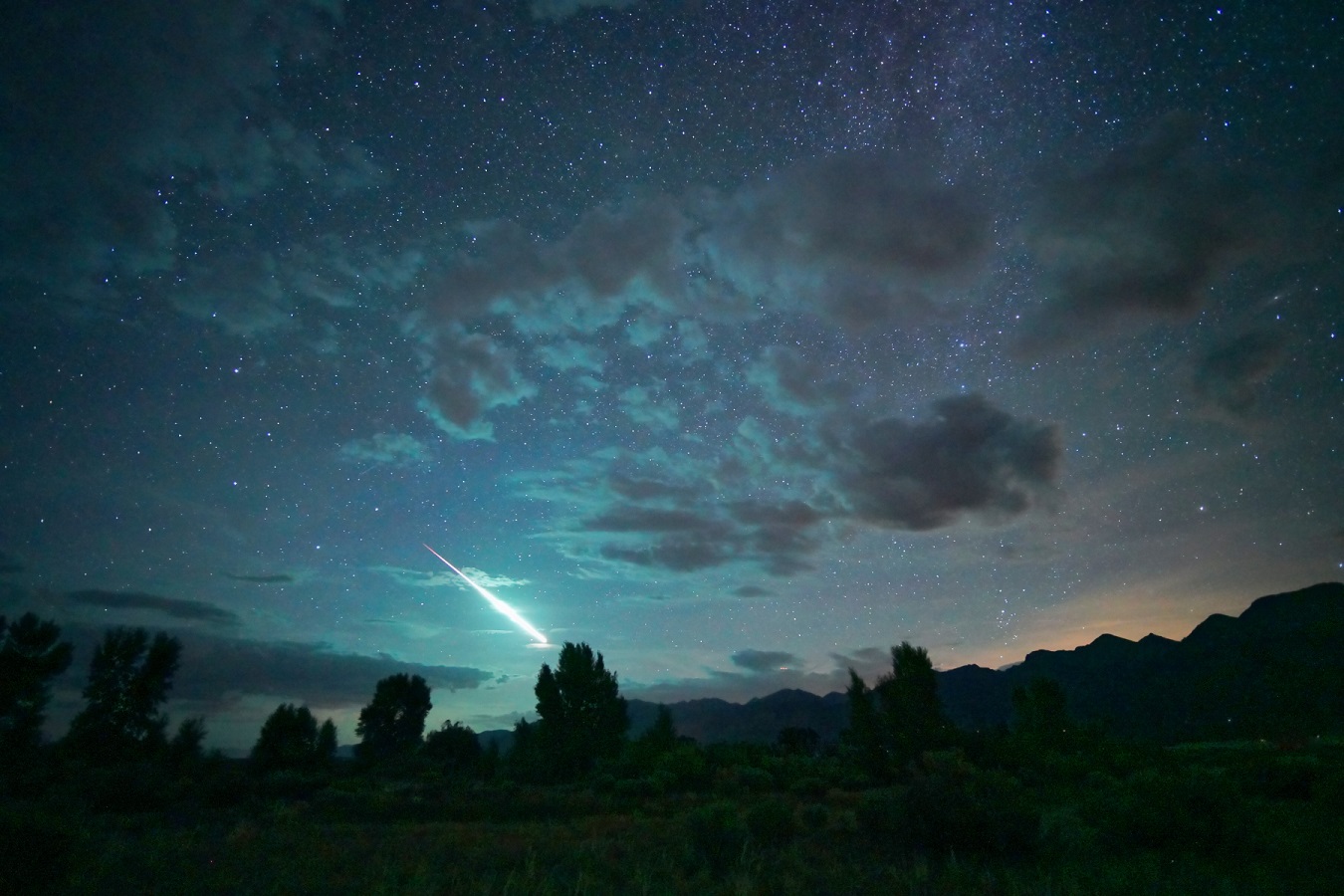
Meteor Activity Outlook for January 13-19, 2024
Mike Lewinski captured this beautiful fireball on July 25, 2023, at 00:03 MDT (06:03 UT) from Crestone, Colorado, USA. ©Mike…

Mike Lewinski captured this beautiful fireball on July 25, 2023, at 00:03 MDT (06:03 UT) from Crestone, Colorado, USA. ©Mike…
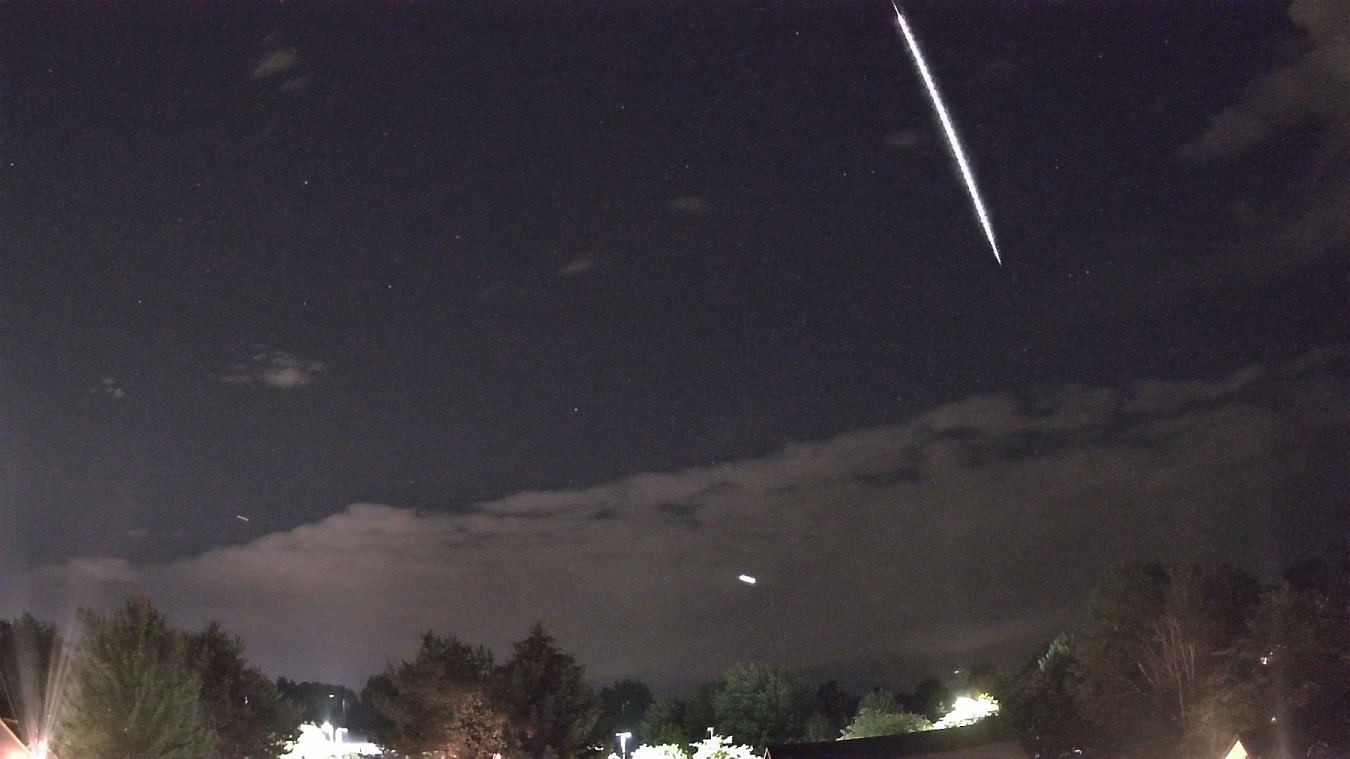
Jordan Ragsdale captured this bright fireball using his AllSky Camera System on June 18, 2023, at 23:46 MDT (05:46 UT…
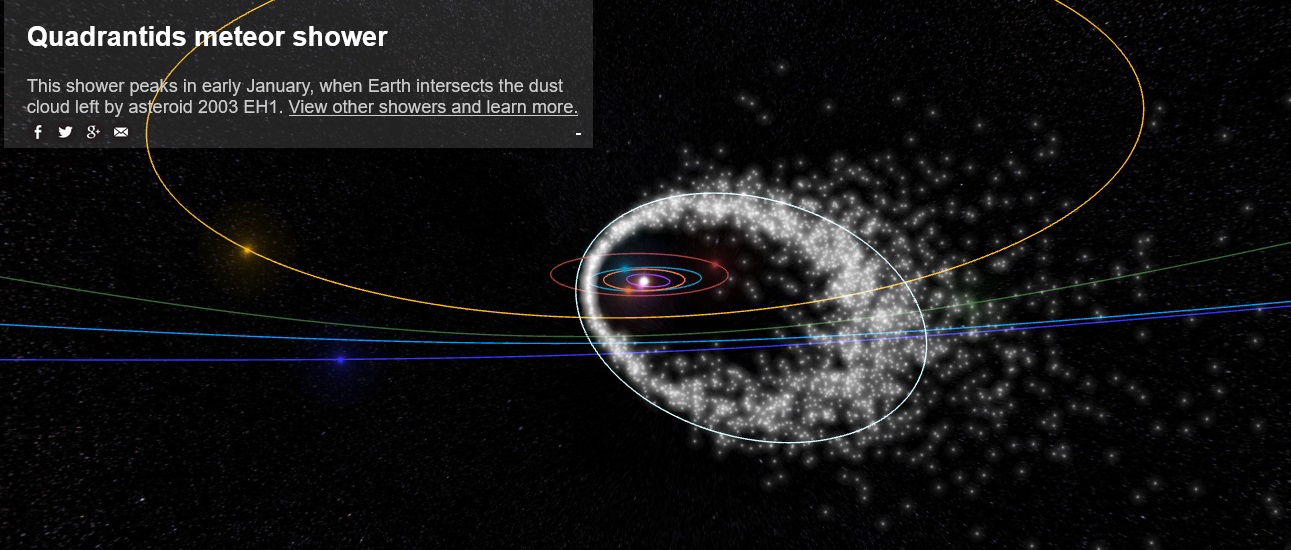
The illustration above displays the orbits of actual Quadrantid meteors captured on multiple video cameras. The angle of the view…
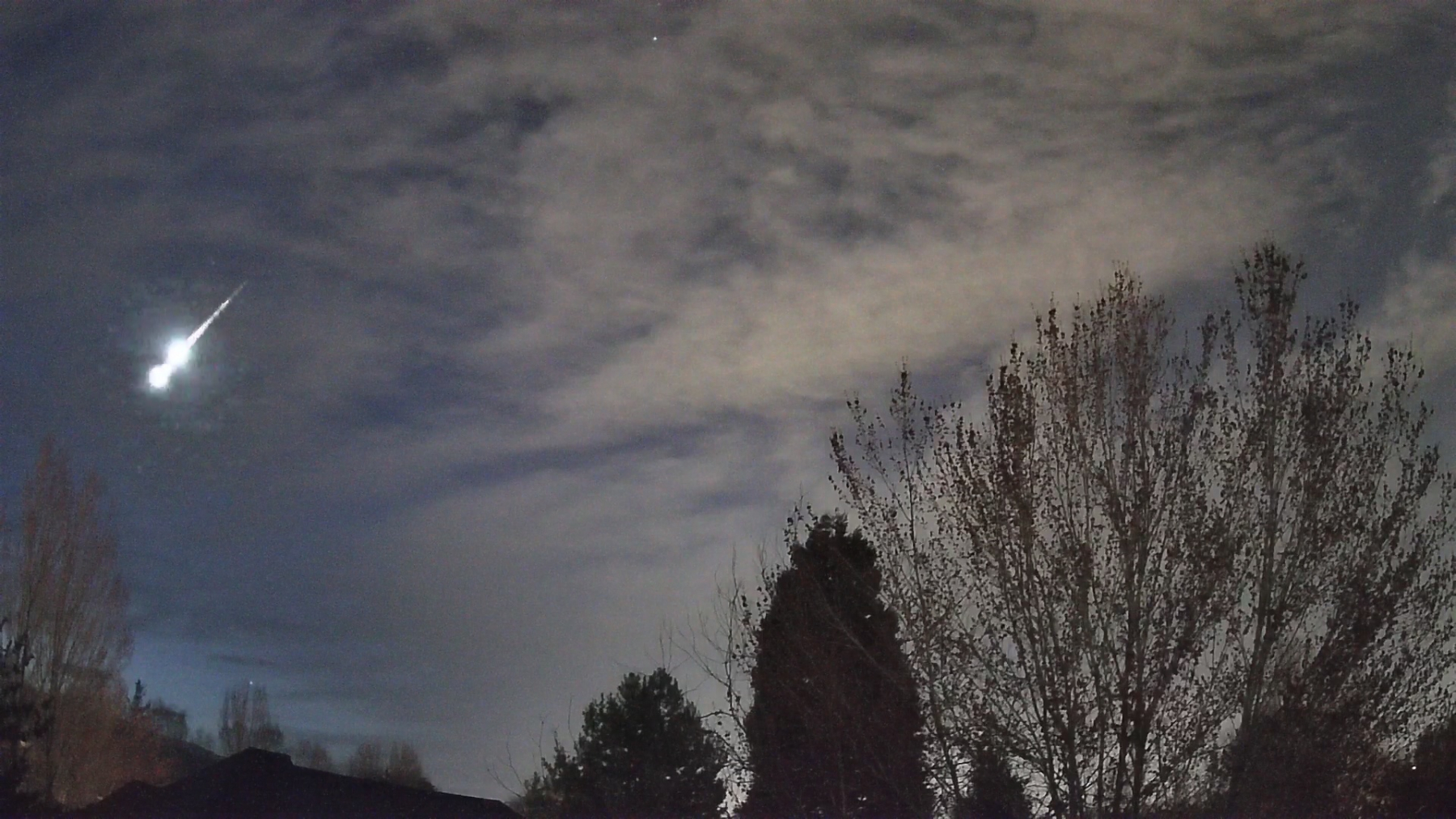
Jordan Ragsdale captured this multi-bursting fireball using his AllSky Camera System on April 16, 2023, at 05:56 MDT (11:56 UT)…
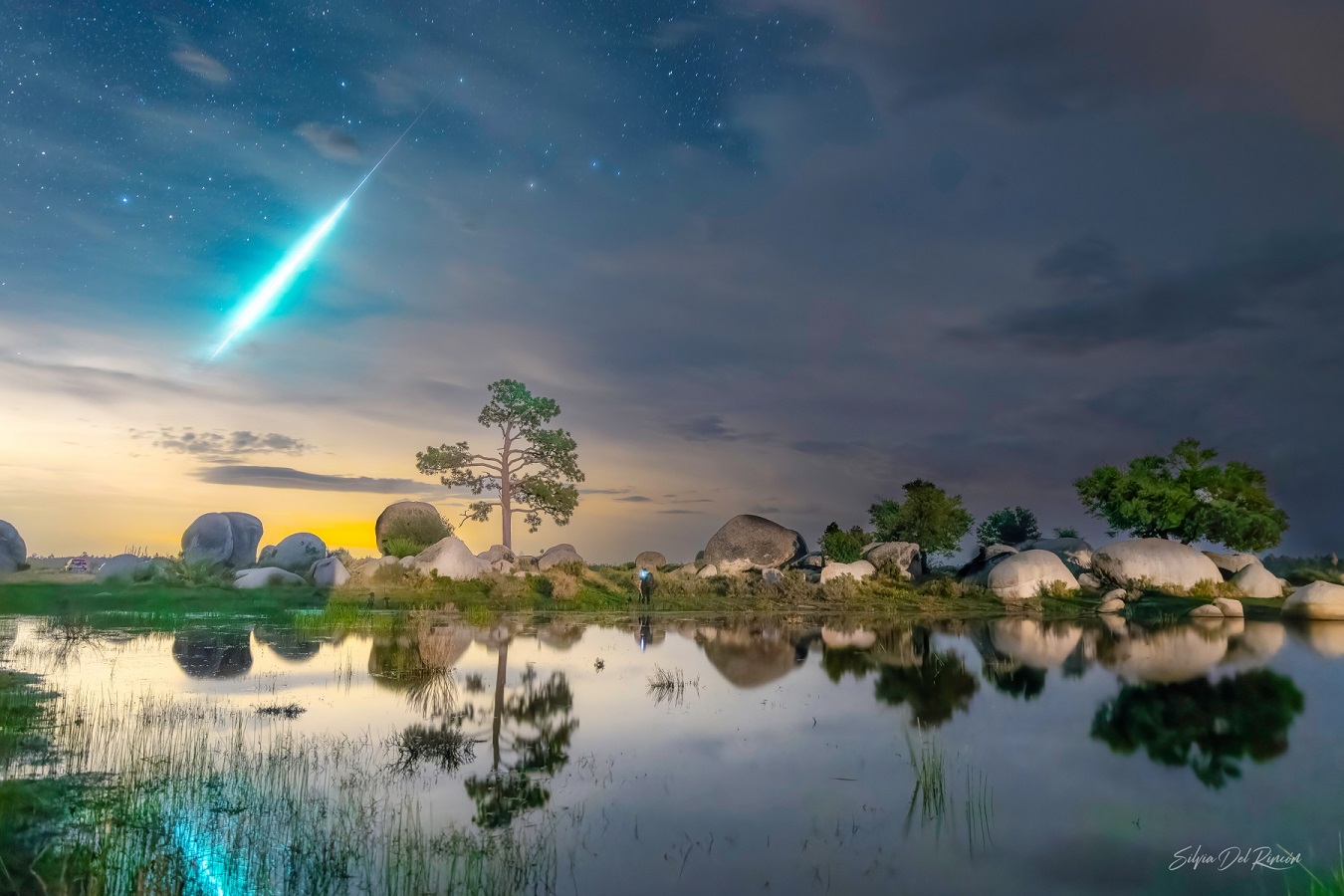
Silvia Del Rincón captured this colorful fireball on July 23, 2023, at 01:53 PDT (8:53 UT) from Juárez, Baja California…
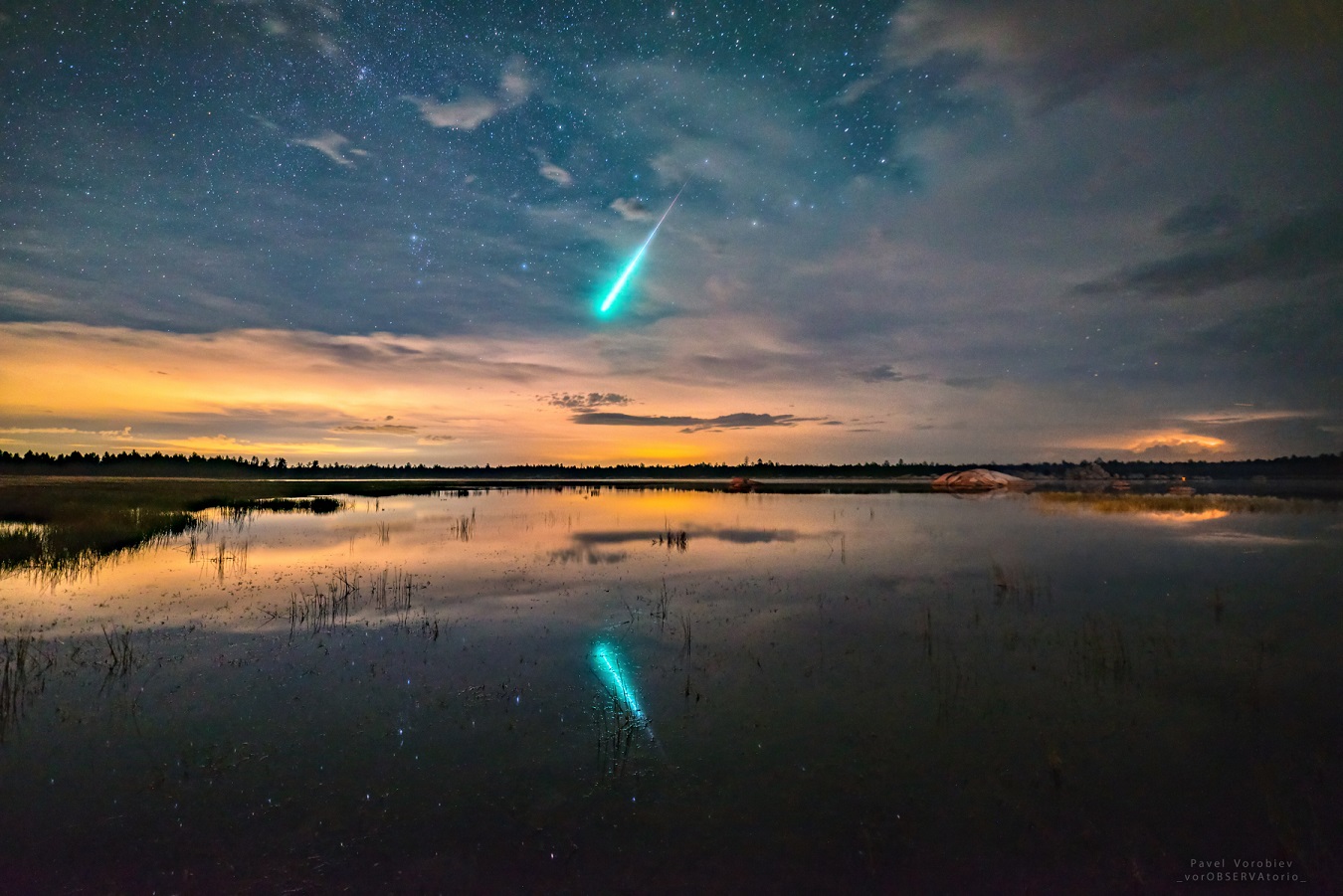
Pavel Vorobiev captured this colorful fireball on July 23, 2023, at 01:46 PDT (8:46 UT) from Laguna Hanson, Baja California…
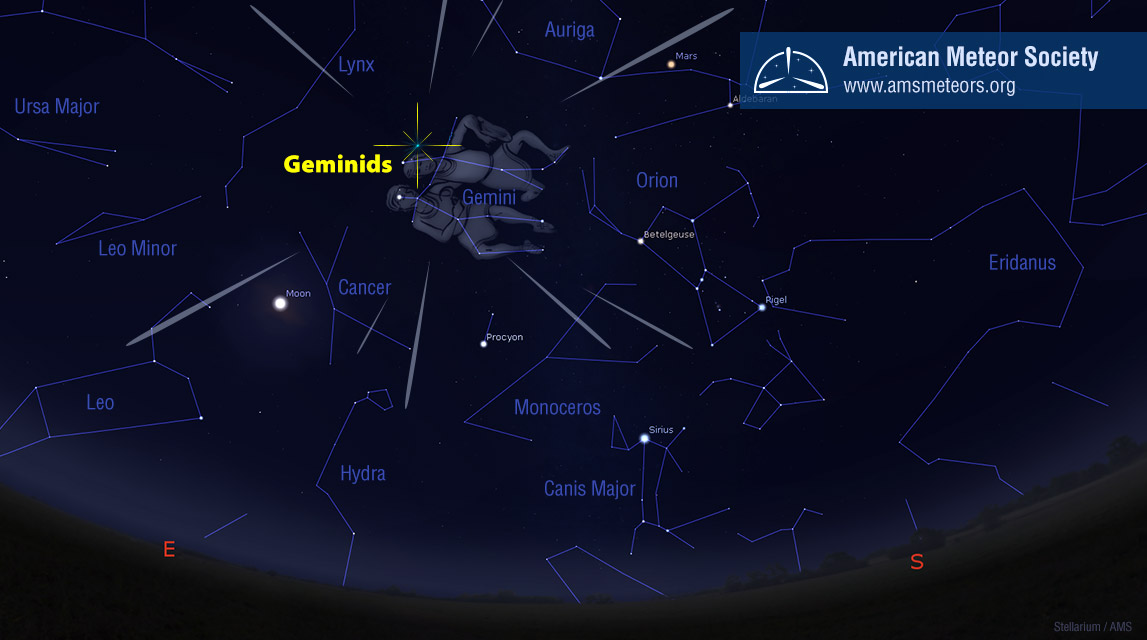
Position of the Geminids radiant on Dec 14th. North is up in this illustration The Geminids are active from November…
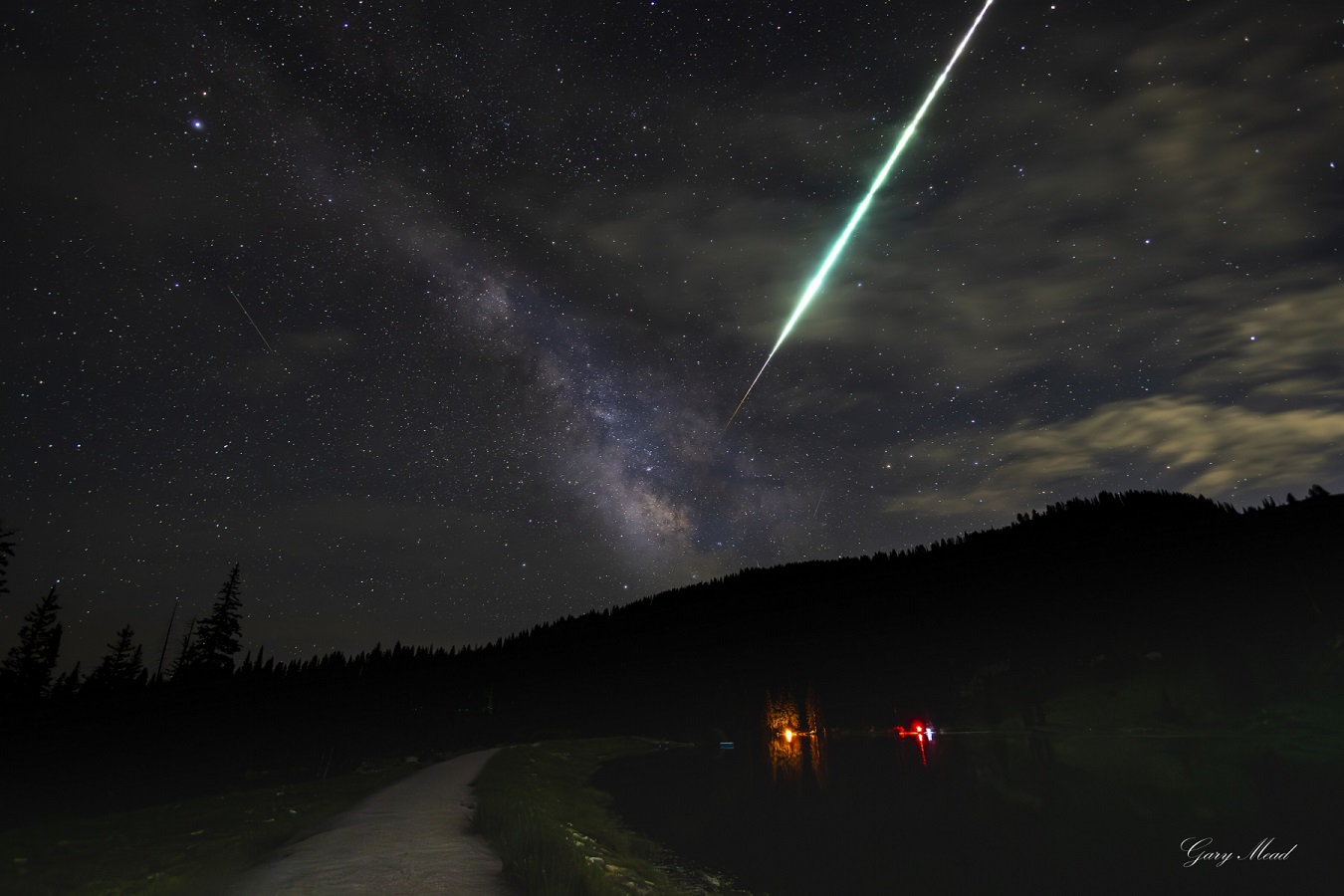
Gary Mead captured this multi-bursting fireball on July 20, 2023, at 22:37 MDT (4:37 UT on July 21) from the…
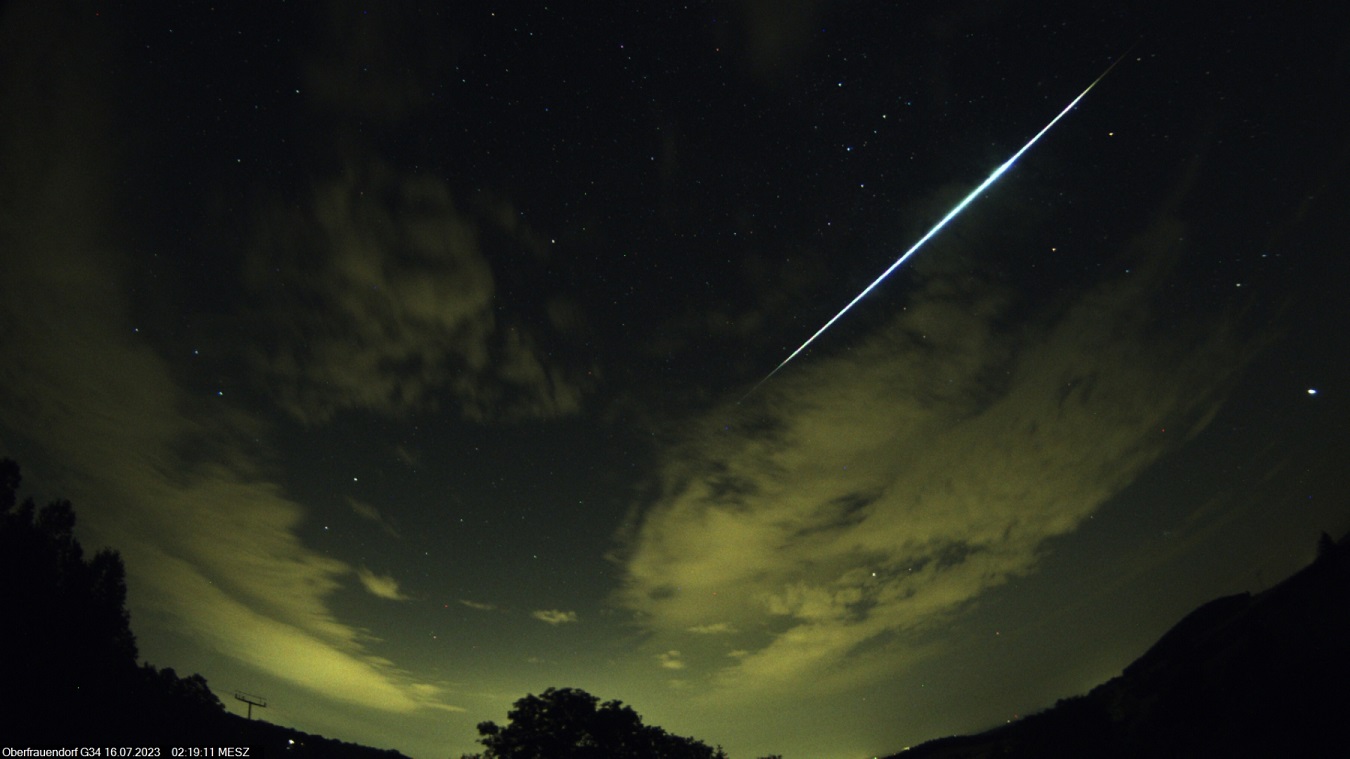
Tobias Felber caught this impressive fireball at 2:19 CEST on July 16, 2023 from Glashütte, Germany. We are all lucky…
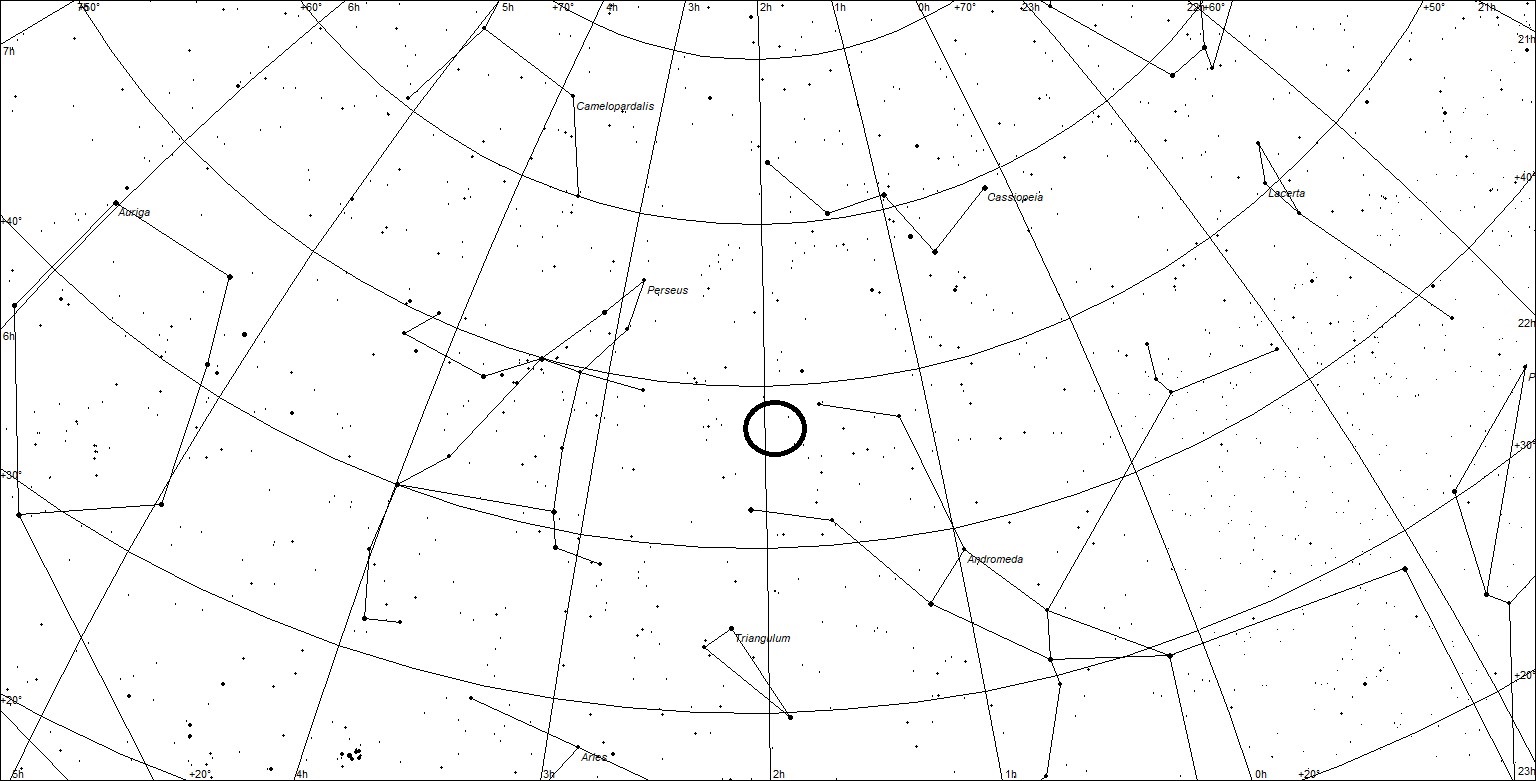
The illustration above depicts the sky looking south from Washington DC at dusk looking south some four hours after the…
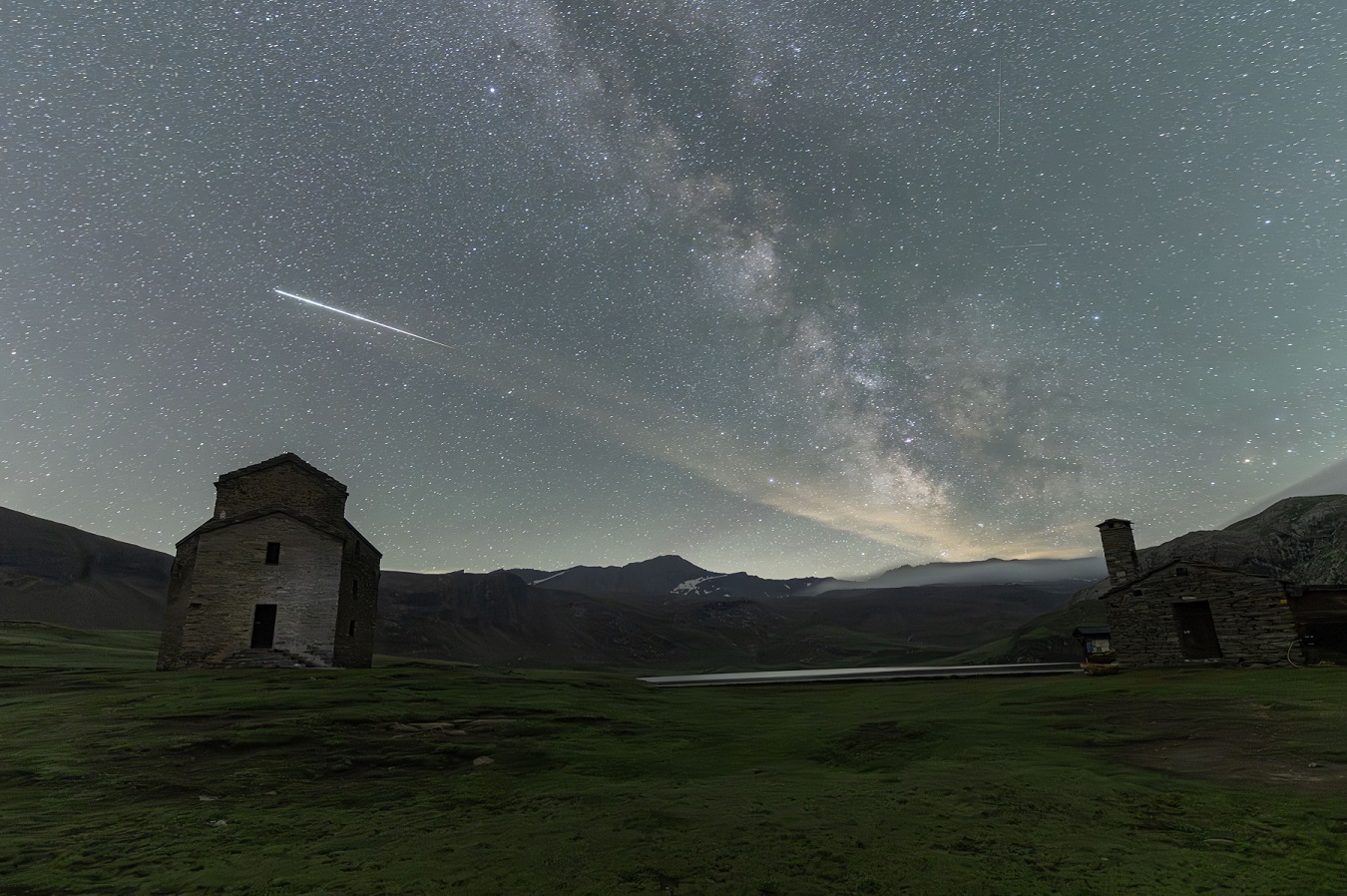
Andrea Cappelletto captured this impressive fireball on July 15, 2023, at 00:24 CEST from Dondenaz, Italy. The cloud trailing the…
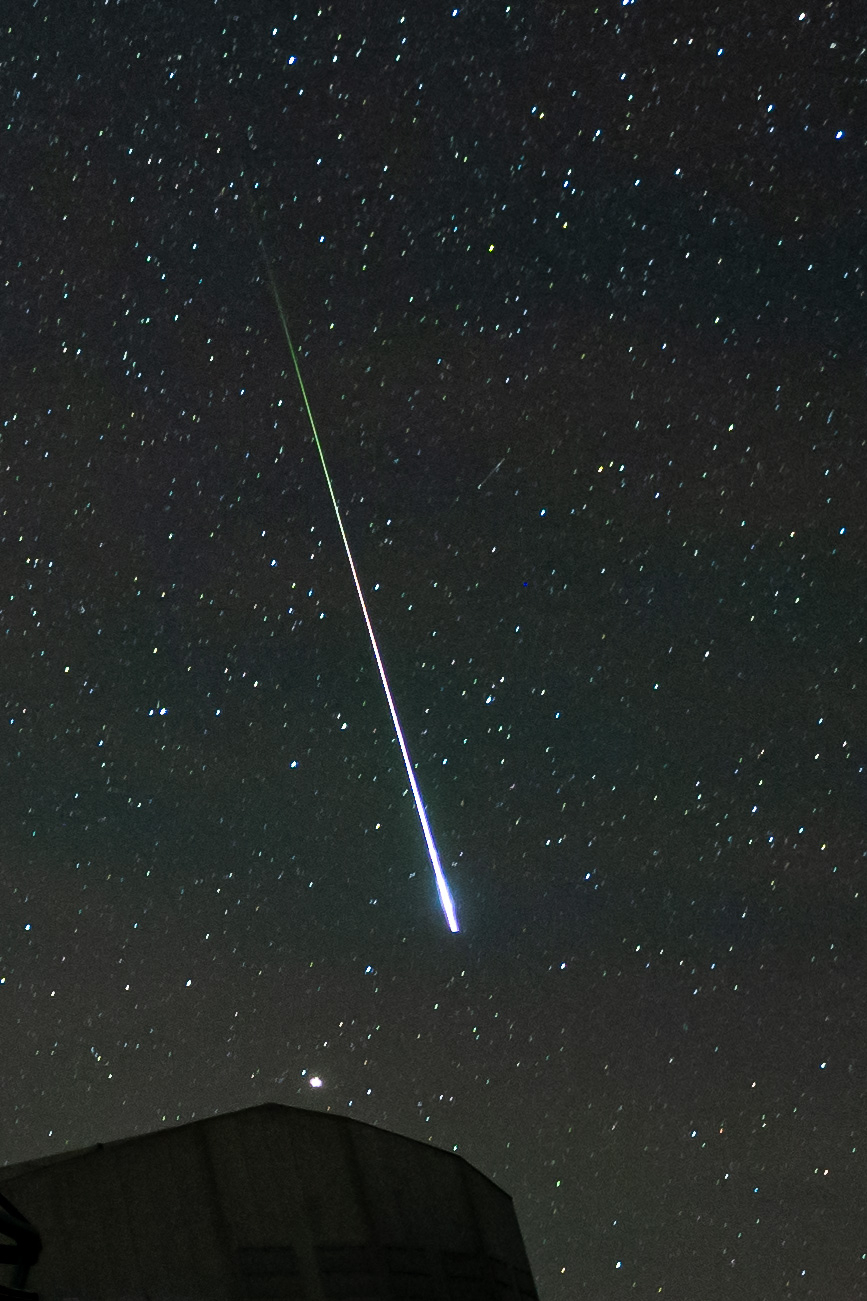
Boris Häußler captured this bright fireball on June 22, 2023, at 05:14 UT from Antofagasta, Chile. He mentioned that the persistent…
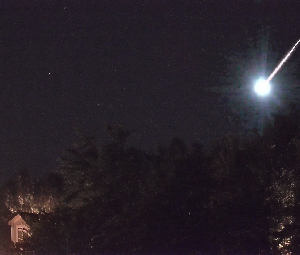
Jordan Ragsdale captured this bright fireball using his AllSky Camera System on June 22, 2023, at 03:09 MDT (9:09 UT)…
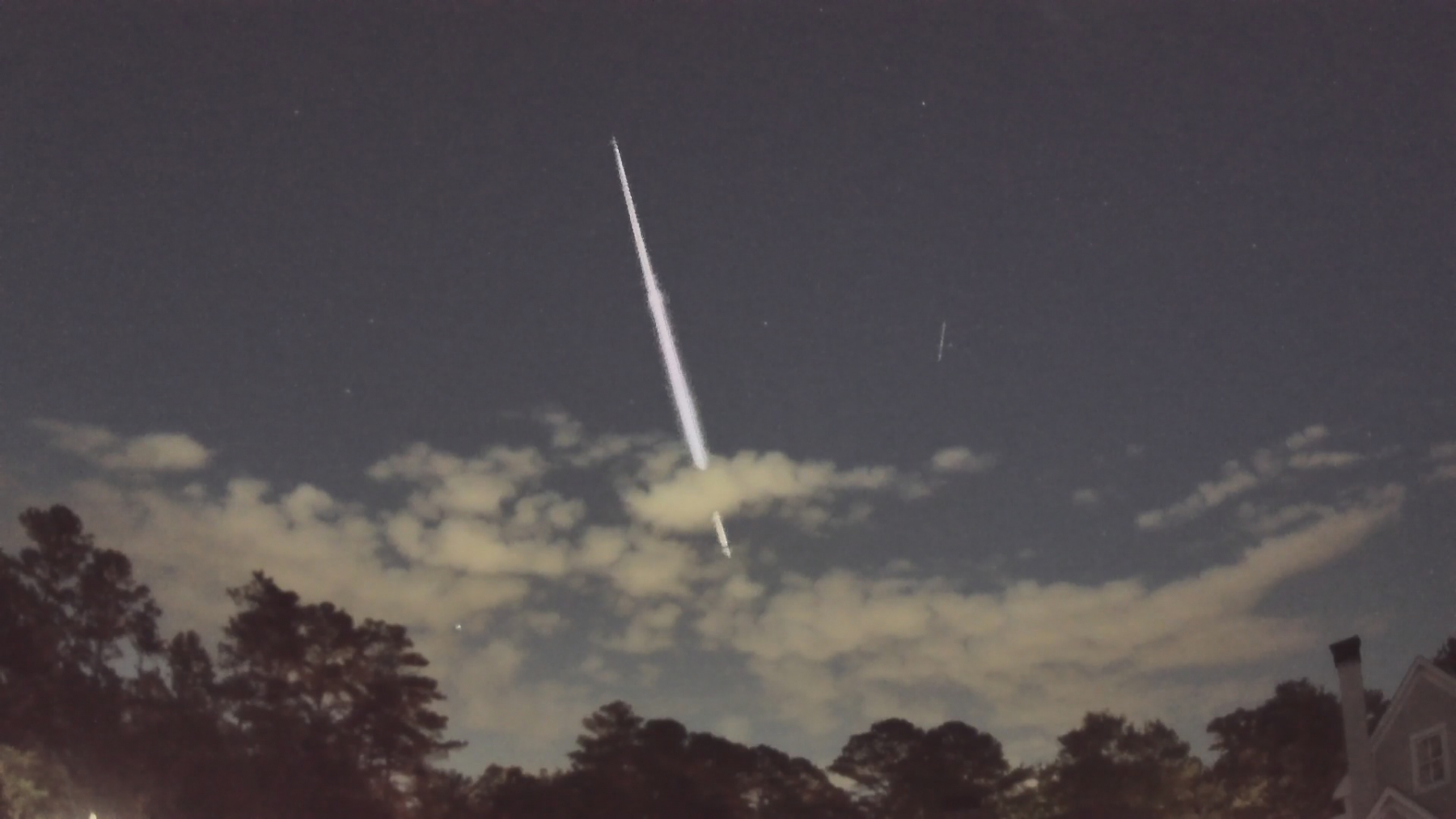
Ed Albin captured this bright fireball using a AllSky 7 Camera System at 21:27 EDT (01:47 on May 29 UT)…
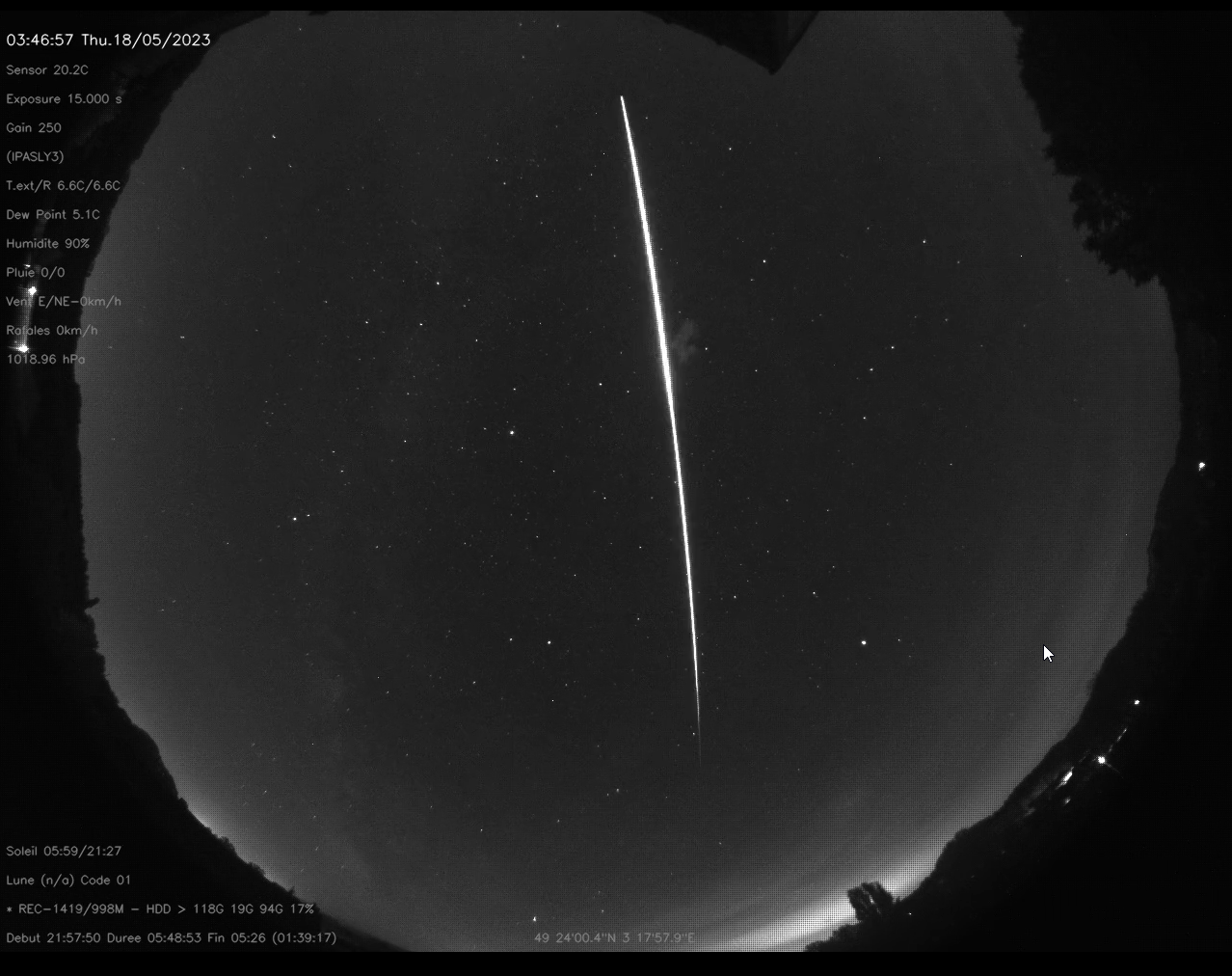
This very long fireball was captured by Roy Georges at 03:47 CEST (01:47 UT) on May 18, 2023, from Pasly, France.…
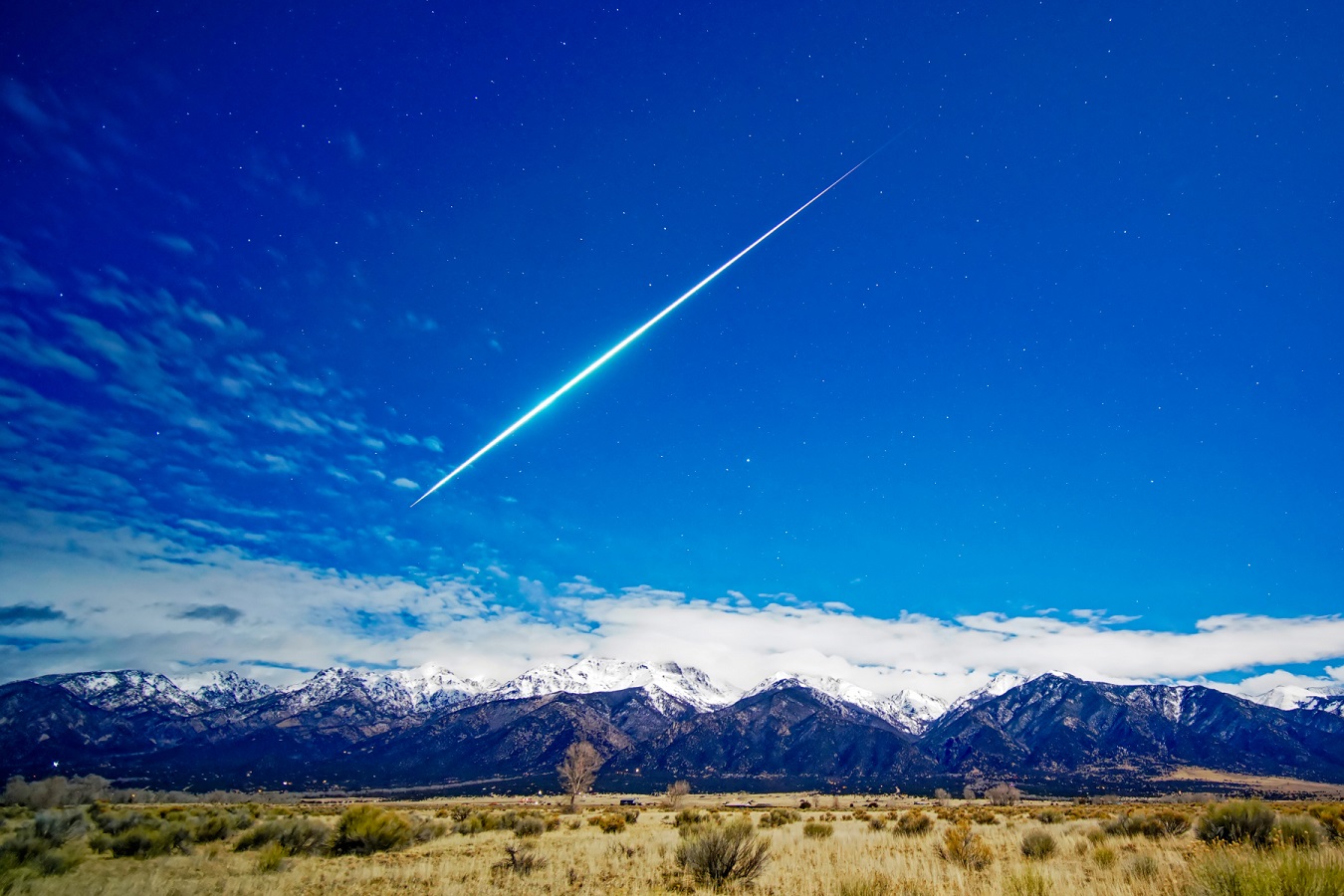
Mike Lewinski captured this bright fireball at 00:48 MDT on April 6, 2023 (06:48 UT), from Crestone, Colorado USA. While it…
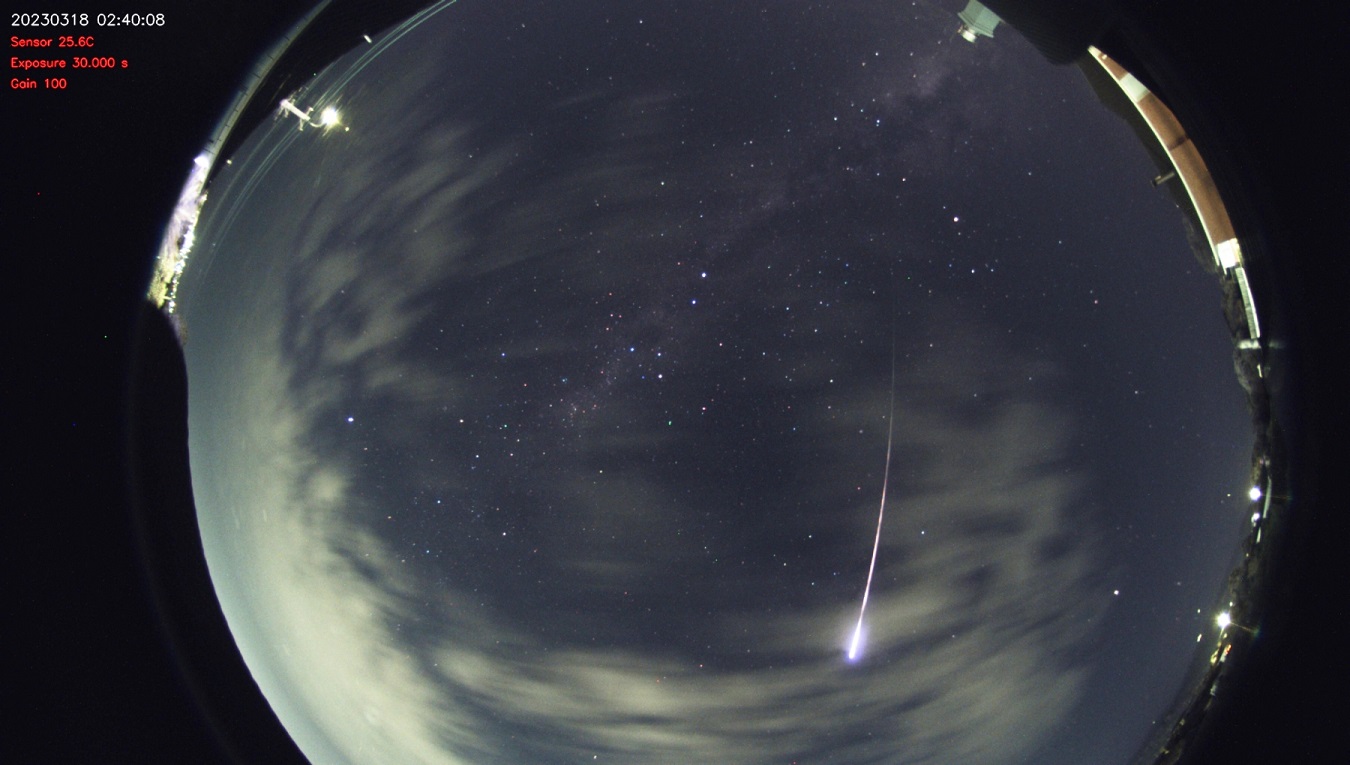
Joe Nidd captured this bright fireball at 20:40 NZDT on March 18, 2023 (13:40 UT on March 17), from Dunedin,…
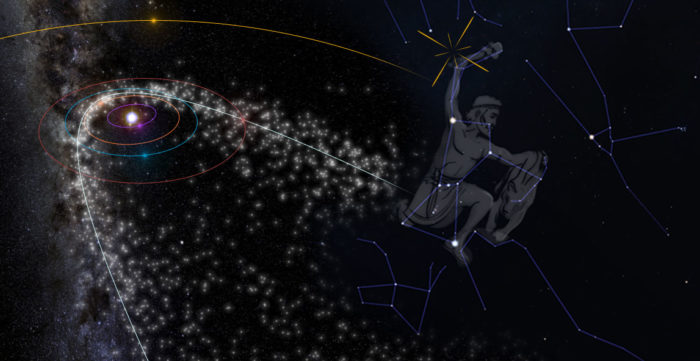
Each October the Earth passes through the inbound debris of Halley’s Comet to produce the Orionid Meteor Shower. The outbound…
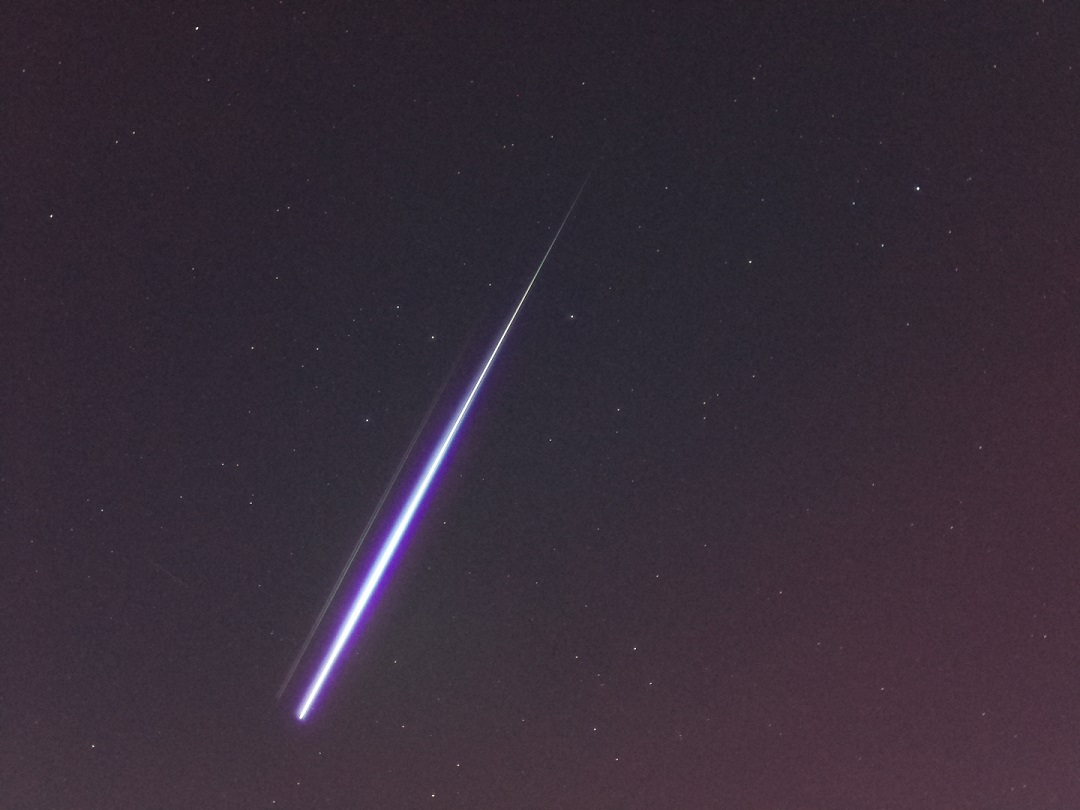
Morten Johansen captured this bright fireball at 2:31 CET (1:31 UT) on March 10, 2023, from Kolding, Denmark. The faint secondary…
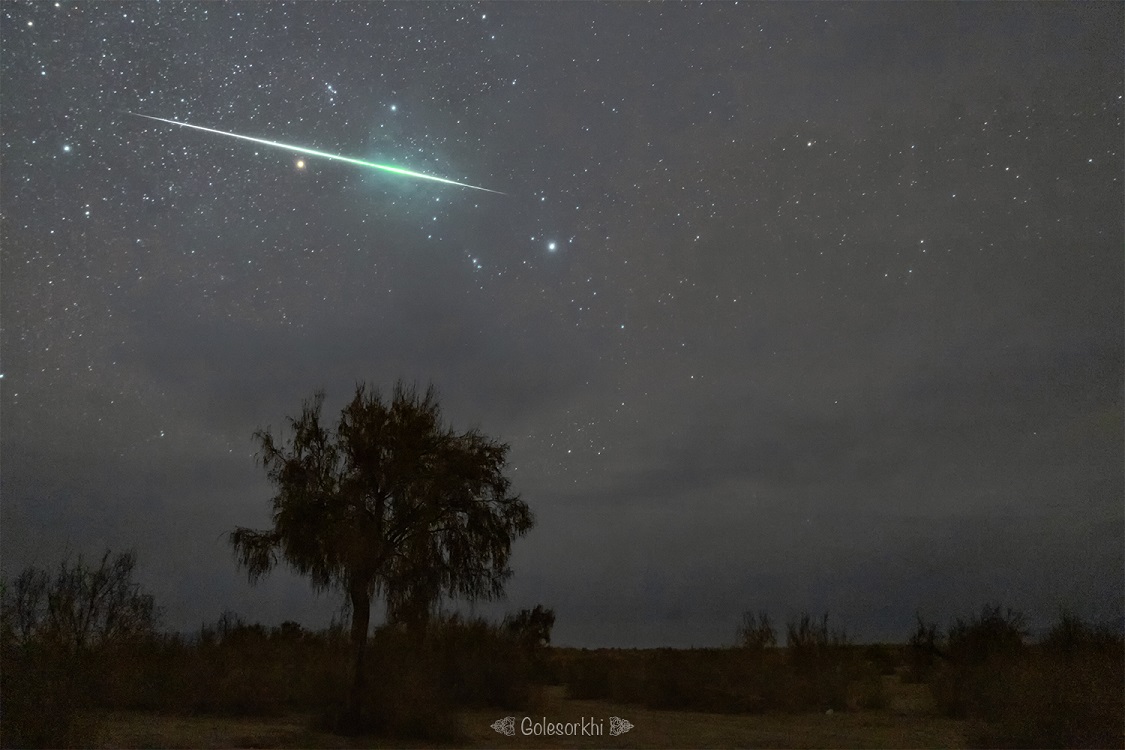
Amin Golesorkh captured this bright Geminid fireball passing through Orion at 22:00 IRST (18:30 UT) on December 14, 2022, from Shahrud,…
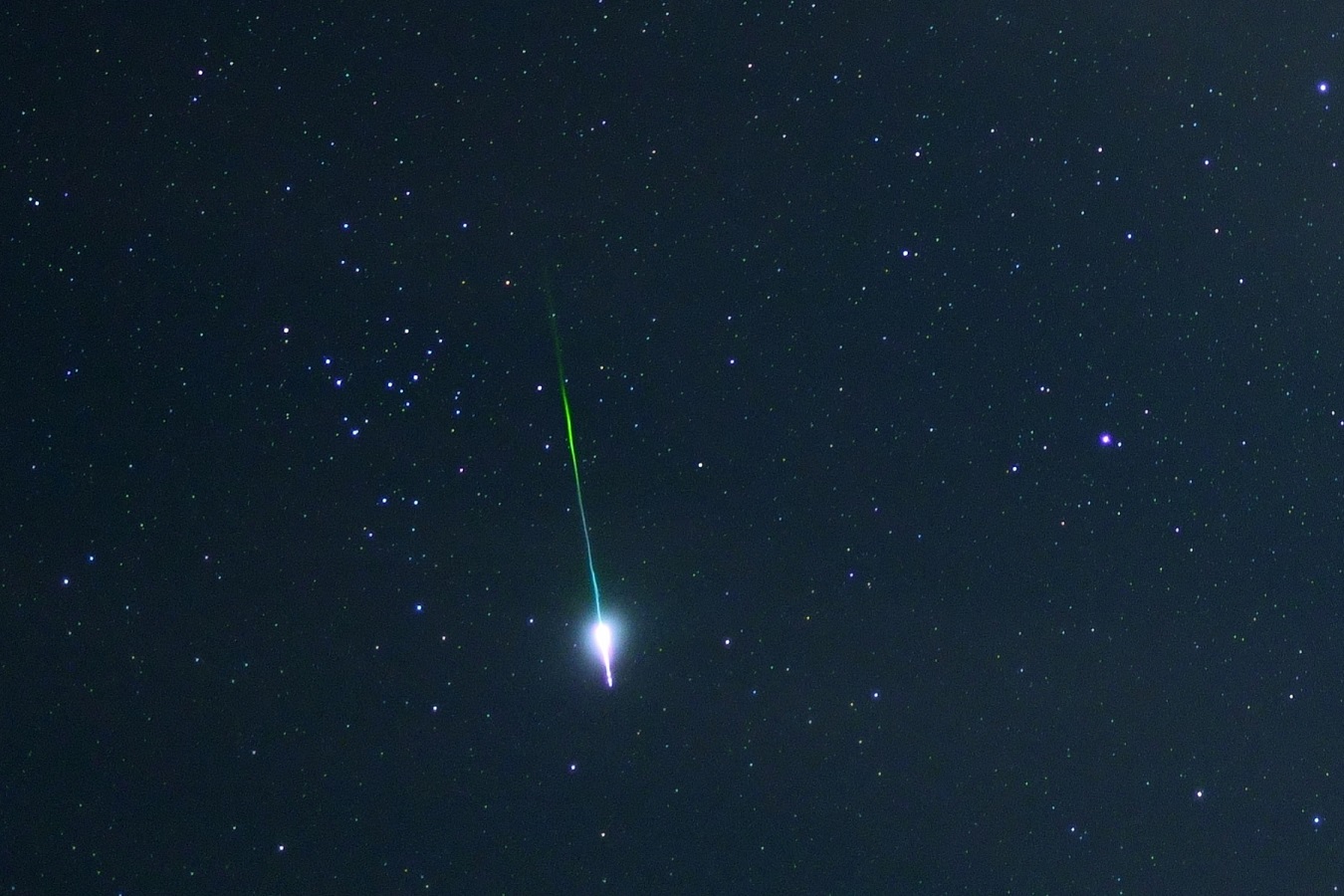
Rich Davis captured this colorful fireball with a terminal burst at 1:24 MST (8:24 UT) on December 24, 2022, from…